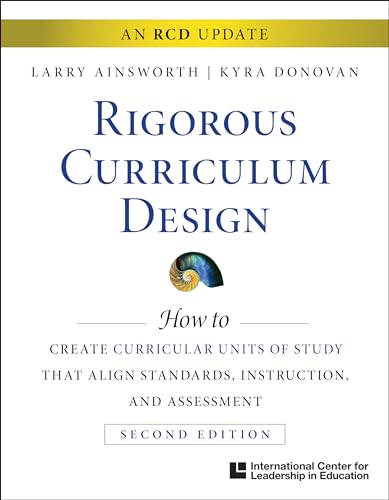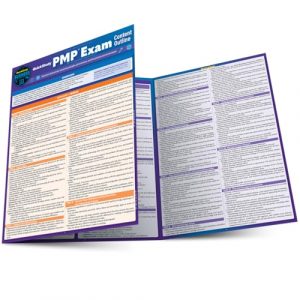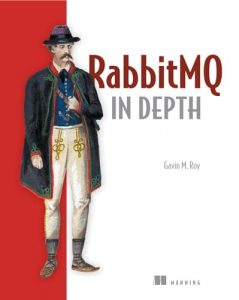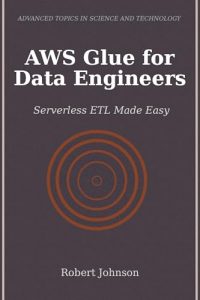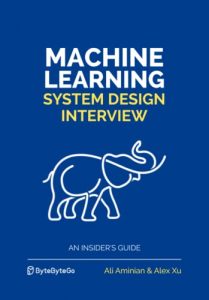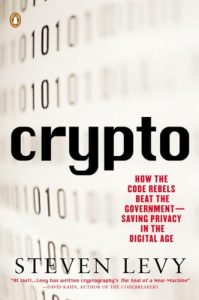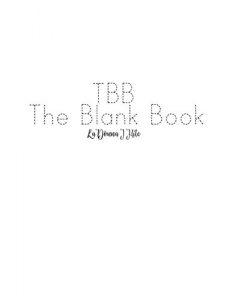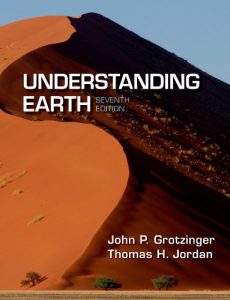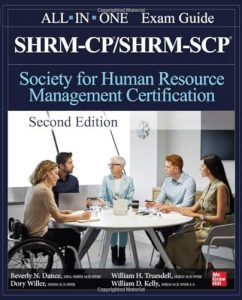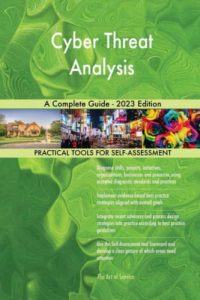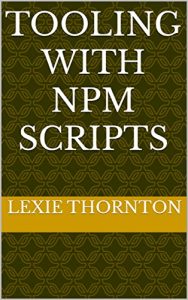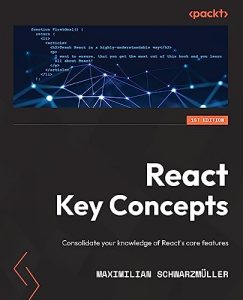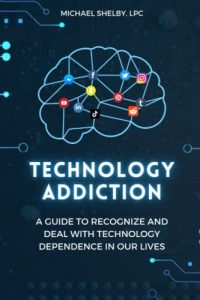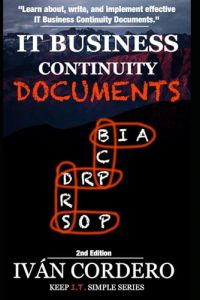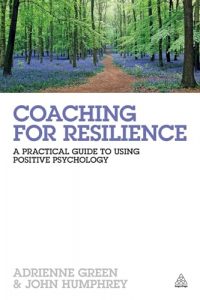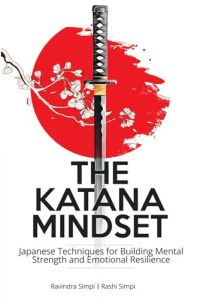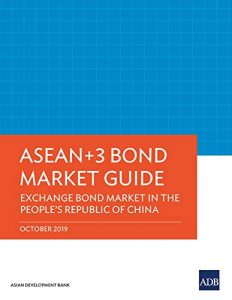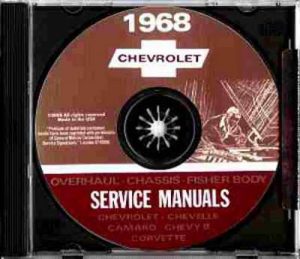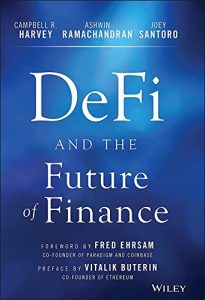Setting the Stage for Effective Curriculum Design
Curriculum design is not just a process; it is a pivotal journey that shapes the educational experiences of learners. In today’s dynamic educational landscape, effective curriculum development is essential to foster critical thinking, creativity, and a passion for learning in students. Crafting a curriculum that addresses diverse learner needs while also being rigorous and relevant is crucial for educators who are committed to facilitating transformative learning experiences.
Within this context, a collection of outstanding books on curriculum design stands out, offering educators innovative strategies and insightful methodologies to enhance their curriculum planning. From foundational theories to practical applications, these curated resources provide essential guidance to navigate the complexities of modern educational environments. Below, we delve into several must-read books that can help educators bolster their curriculum design skills.
Featured Reviews of Essential Curriculum Design Books
Rigorous and Relevant Curriculum Design 2019
This gem offers crucial insights into developing a curriculum that is not only academically rigorous but also relevant to the world students are navigating today. The text provides practical frameworks and detailed examples, making it indispensable for educators aiming to enhance engagement and learning outcomes. With a focus on fostering critical thinking and problem-solving skills, this book effectively combines theory with actionable strategies, making it a vital resource for teachers and curriculum developers alike.

Understanding By Design
Authored by experts in the field, this influential book takes a deep dive into the principles of backward design. It elucidates a structured approach that starts with desired learning outcomes, followed by the development of assessments and instructional strategies. By emphasizing the importance of aligning educational goals with teaching practices, this book empowers educators to create more coherent and focused curriculum plans. Its concepts are easily adaptable to various subjects, making it a top choice for curriculum developers.

Learning That Transfers: Designing Curriculum for a Changing World (Corwin Teaching Essentials)
This book delves into the significance of designing curricula that facilitate meaningful learning experiences that endure beyond the classroom. By addressing various aspects of how knowledge transfers to real-world situations, this resource equips educators with strategies to craft lessons that resonate with students and prepare them for future challenges. Its practical examples and research-backed techniques make it essential reading for educators at all levels.

Lesson Planning with Purpose: Five Approaches to Curriculum Design
This insightful guide arms educators with five innovative approaches to lesson planning that enhance curriculum effectiveness. It highlights the essential elements of planning that inspire engagement and deeper understanding among students. By integrating various pedagogical theories with practical applications, this book encourages teachers to think creatively and purposefully about their lesson designs. Ideal for both novice and experienced educators, this book promises a wealth of strategies to elevate teaching quality.

The Understanding by Design Guide to Creating High-Quality Units
This practical guide is a must-have for educators looking to refine their unit planning process. It provides a structured framework for creating high-quality units that not only meet educational standards but also engage students in authentic learning experiences. By focusing on key elements of good unit design, this text supports educators in enhancing their instructional plans, fostering increased student achievement and interest.

A Teacher’s Guide to Curriculum Design for Gifted and Advanced Learners
This resource is crucial for educators working with gifted and advanced learners, providing in-depth strategies tailored to challenge and engage these students. The guide emphasizes differentiation in the curriculum design process, offering a range of advanced content models to cater to diverse learner needs. Its practical advice and hands-on strategies make it an essential tool for teachers striving to create inclusive and stimulating learning environments.

Designing and Assessing Courses and Curricula: A Practical Guide
This book provides a comprehensive approach to both designing and assessing educational programs. Covering essential aspects from curriculum mapping to assessment strategies, it serves as a reliable companion for educators at all levels. With its practical guidance and straightforward frameworks, it empowers educators to create meaningful course experiences that drive student success.

Home Learning Year by Year, Revised and Updated
This book is an excellent guide for parents and educators interested in designing a comprehensive home curriculum. It empowers readers with the creative tools needed to craft a stimulating and effective learning environment outside traditional educational settings. Its user-friendly structure makes it accessible for anyone looking to enhance their home learning experiences.

Curriculum: Theory, Culture and the Subject Specialisms
This insightful text explores the intersection of curriculum theory and cultural practices, making it a relevant read for educators seeking interdisciplinary approaches. It challenges traditional perspectives and invites educators to expand their views on subject specialisms in relation to cultural contexts, ultimately enriching their curriculum design practices.

The Learner-Centered Curriculum: Design and Implementation
This book emphasizes the importance of centering student learning within the curriculum design process. It provides valuable frameworks that prioritize student engagement and empowerment, urging educators to design learning experiences that cultivate ownership of education among learners. With comprehensive insights and practical tools, this book is essential for fostering learner-centered environments.


